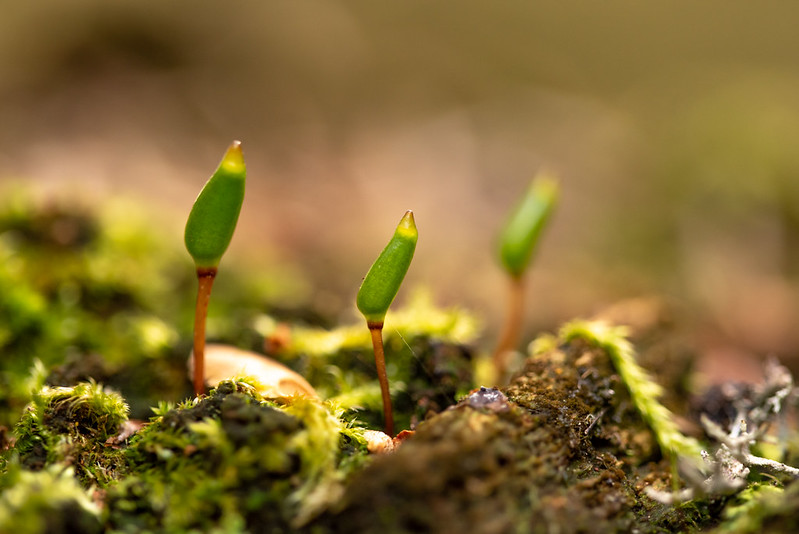Estonian protected species are divided into three categories according to their endangerment and the strictness of their protection
It is estimated that there are almost 40,000 species of biota in Estonia. So far, just over 30,000, or about 75%, have been found. The other nearly 10,000 species, or more than 25% of the biota, are undiscovered so far, although they are mostly known to science. The endangerment level has been assessed for about 8,600 species, or roughly a fifth of Estonian biota. Thus, it has been established that 1,314 of these species, or 15%, are endangered or extinct.
Endangered species whose survival is uncertain without the application of appropriate conservation measures are included in the so-called Red List. Legally speaking, endangered species are protected in Estonia with three categories of different strictness. The species included in the Estonian Red List and the species that are legally protected do not match entirely, but there is plenty of overlap.

The main features of today’s species protection in Estonia were defined by the Protected Natural Objects Act adopted on 1 June 1994. On this basis, the protected species were divided into three categories based on their endangerment and the strictness of their protection. With the Nature Conservation Act, which entered into force on 10 May 2004, the lists of protected species also changed somewhat. Currently, 570 species are protected in Estonia. Of these, 35 plant species, 21 animal species, 9 fungal species, and 1 lichen species belong to protected category I, or the strictest protected category. There are 267 species belonging to protected category II and 237 species belonging to protected category III. Pursuant to the Nature Conservation Act of 2004, in addition to the organisation of specimen-based protection, the requirement of preserving the habitats of endangered species has significantly increased. A species protection site is one of the protected natural objects.
In accordance with the Nature Conservation Act, action plans for conservation of species are prepared for the species of protected category I and for species that have not received adequate protection from the protection measures taken so far. The species protection action plans are approved by the Director General of the Environmental Board.
Action plans for management of species are prepared for the so-called ‘problematic’ species, such as invasive alien species and species causing agricultural damage (for example, geese, large carnivores).
See also
Last modified: 26.05.2025